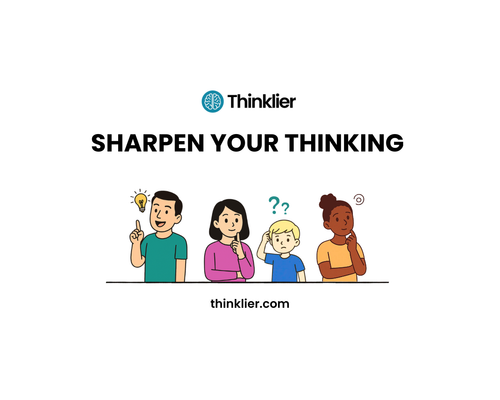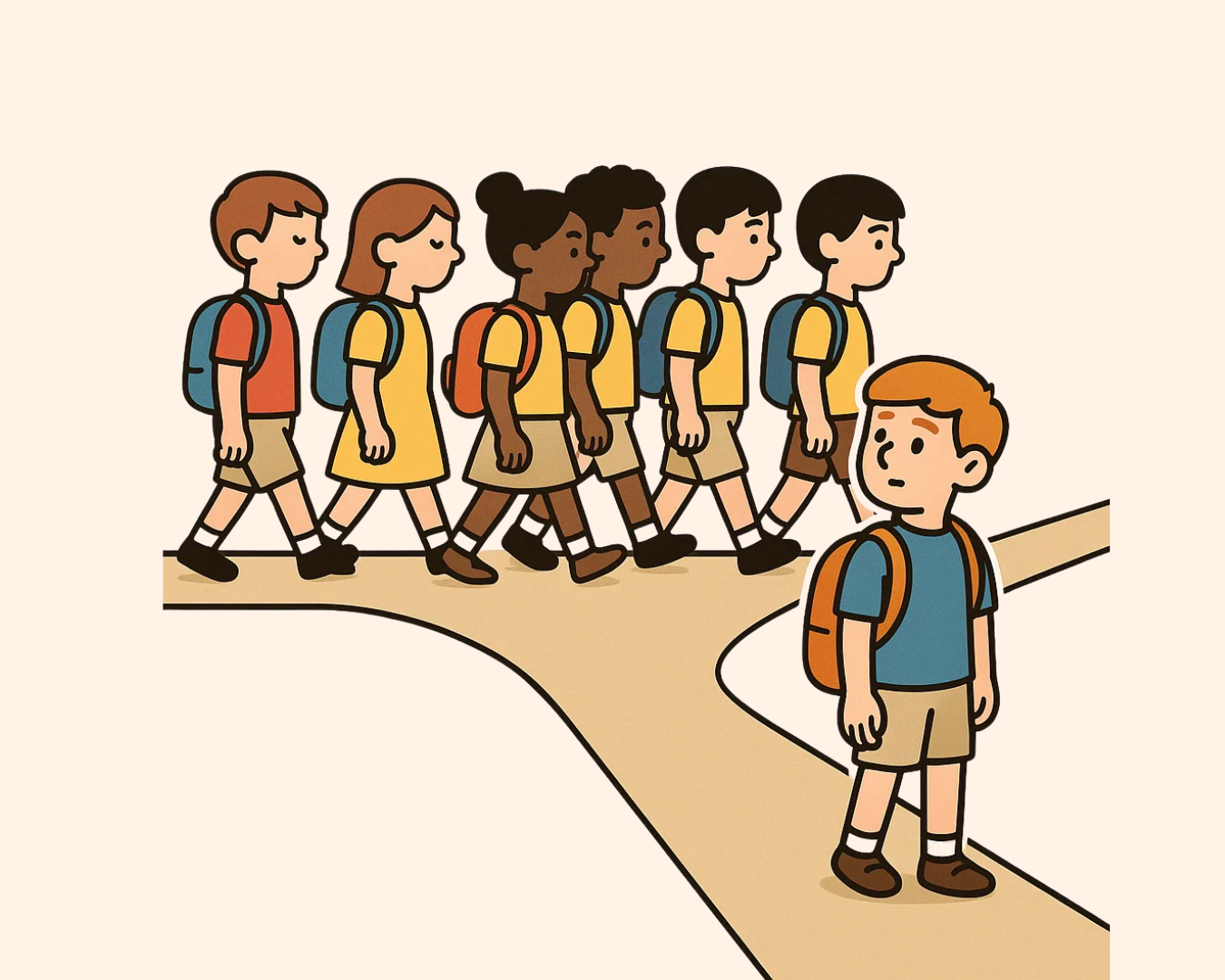Get one fresh, practical idea every 'Thinking Thursday' — plus free access to Thinklier’s toolkits on clear thinking and raising critical thinkers.
Subscribe
Why do kids go along with the crowd, even when they know better? Explore how groupthink starts early—and how parents can raise independent thinkers in a culture of conformity.
